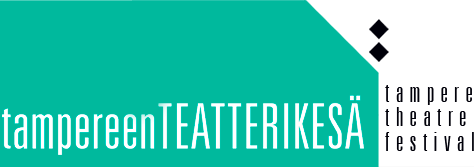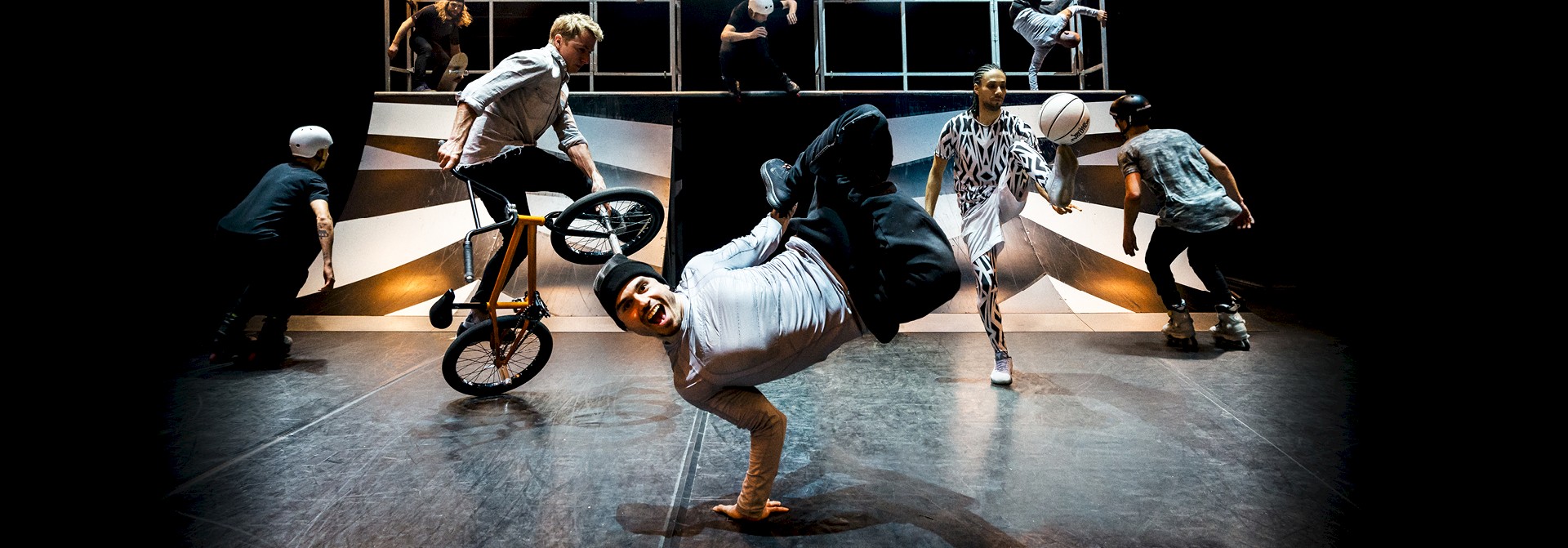The Death of the Actor dives into the heart of meeting one’s eyes and being on view
3.8.2022

The Death of the Actor, which is part of the Main Programme at Tampere Theatre Festival, has been created by the Vaara collective, founded in 2014. The Vaara collective is a collective of free professional theatre and the performing arts that originates from Kajaani.
– One of the reasons why The Death of the Actor has originally been made has to do with the piece’s convener Heikki Törmi’s career change from actor to psychologist. Heikki, who served the same theatre for 30 years, wanted to look back before changing careers and reflect on the hidden motives and power relations behind acting, and he invited us to do that with him, recounts Eino Saari, the director of the work.
Many other members of the group have also built careers outside of theatre. Elina Hietala, who acts in The Death of the Actor, is close to qualifying as a gestalt therapist. In addition to contemporary dance, the choreographer-conversationalist Kirsi Törmi has worked in the fields of therapy, supervision, and research. Saari himself is currently studying to be a supervisor.
– Theatre and art have finally given way to other things as well, in all of our lives, Saari describes.
A journey to freedom and childhood
Saari himself became interested in The Death of the Actor for the opportunity it provided to examine ”how one could really be free on the stage.” One central starting point for the work was Heikki Törmi’s experience of the lack of autonomy in theatre: for 30 years, other professionals in the theatre, such as directors, had decided how and in which positions Törmi would spend his weekend nights.
– During the process, the relationship between the director and the actor, the power and interaction, quickly became one of the central topics of the piece. Everyone can imagine what it can be at its cruelest. But how about at its finest? How can one unravel that relationship? explains Saari.
According to Saari, it is easy to move from examining the interaction between a director and an actor to examining ”what we have internalized early on in relation to looking and touching.” The group has indeed focused on looking while working on The Death of the Actor.
The power of a look on and outside the stage
The looks from our childhood – that is, what people have seen in us, what they have left unseen, or the kinds of things we have had to hide from others – live, according to Saari, in layers within us.
– The reasons for seeking a career in theatre, perhaps especially as an actor, often return to these kinds of childhood games: this one would like to perform something they invented for those people. The way in which each of us were looked at when performing and being on view, and not looked at, strongly impacted the paths we followed in theatre. We were interested in seeing how our relationship with looking and performing has changed over the decades and what remains of it.
But how does theatre specifically help accept the hidden sides of oneself as well as of others?
– There is a lot of radical potency in theatre as a genre: it is often also practiced in an accepting, curious, and exploratory atmosphere. That you can create a whole world just by looking, that is incredible. And that potential applies to each and every look that people exchange in theatre.
To Saari, the theatre is an important platform for change.
– In theatre especially it is possible not only to wound but also to look in a different way. To fix something simply by looking at it differently. And to practice your looks together with others.
Thus the piece creates a fruitful dialogue that is meaningful both for the audience and the performer.
– How have you been looked at? Have all your sides been allowed to come out of their hiding places? How have you looked at yourself, your colleagues, your loved ones? Saari explains.
– The way in which I choose to look at an actor as a director affects everything that is shaped between us. The same potential and responsibility applies to any relationship I have. It has felt meaningful to spend time with such questions and healing looks, and I at least believe that they can move anyone, regardless of their relationship with theatre.
In addition to psychological questions, The Death of the Actor contains exuberant humour: the more seriously the group has worked on the performance, the more comical elements have emerged.
The Death of the Actor will be performed at Hällä-näyttämö on Wednesday 3.8. at 19.00 and on Thursday 4.8. at 16.00. Buy tickets here.
This article is based on an interview with Eino Saari. The article also makes use of the website of the Vaara collective.
Text by Idil Tekin


